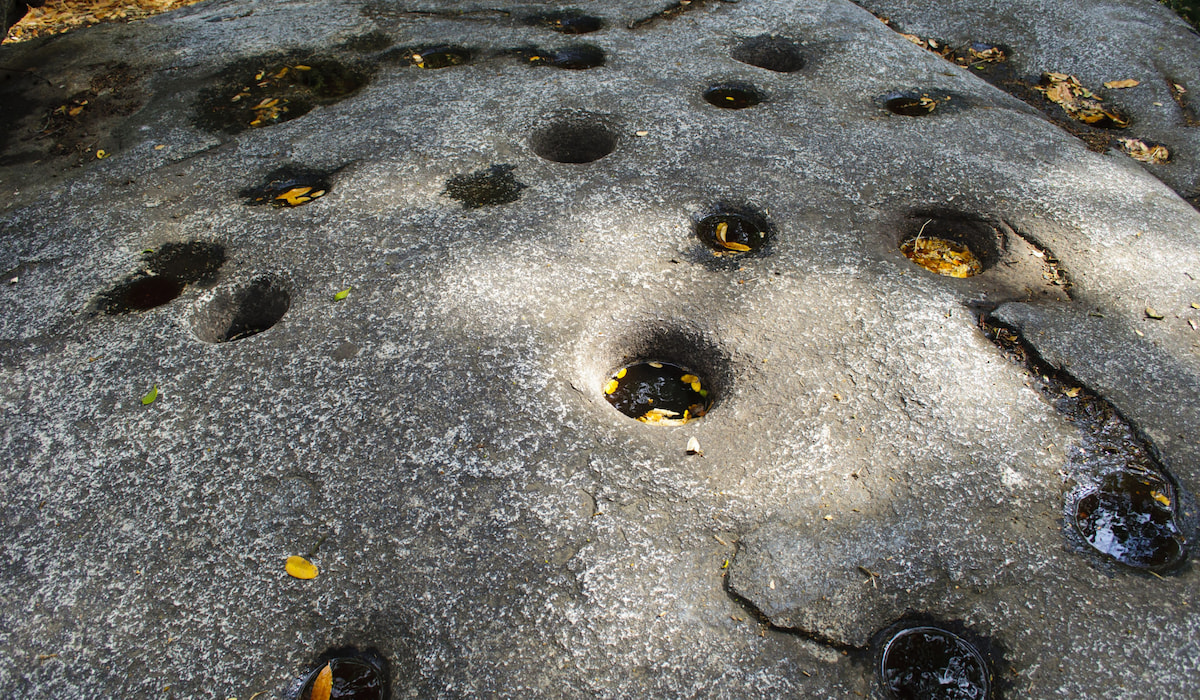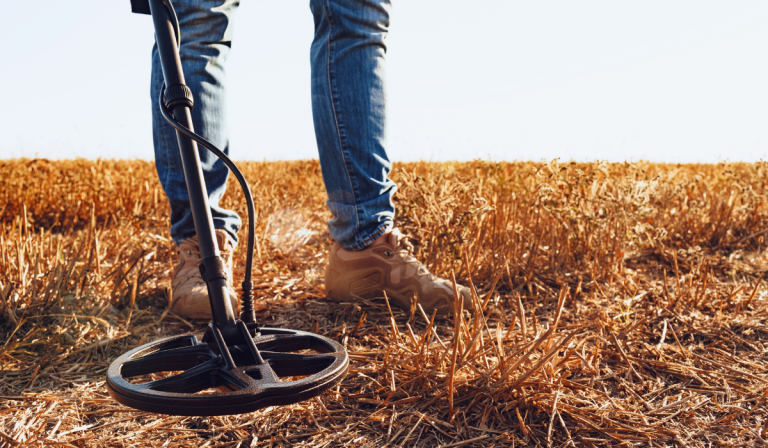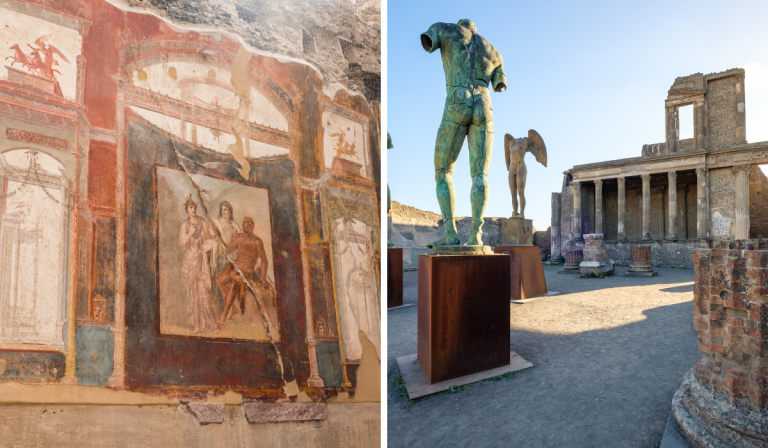9 Facts About Bedrock Mortars
A curious thing about a lot of archeological sites is the existence of what’s called bedrock mortars. These circular depressions are found in many rock formations or rock slabs in California, Israel, and other parts of the world.
What were they used for? Where did they come from?
Scientists believe that bedrock mortars were used by people over many years to grind foods, tools, and other necessities. These holes are where hunters and gatherers ground grain, acorns, and other foods.
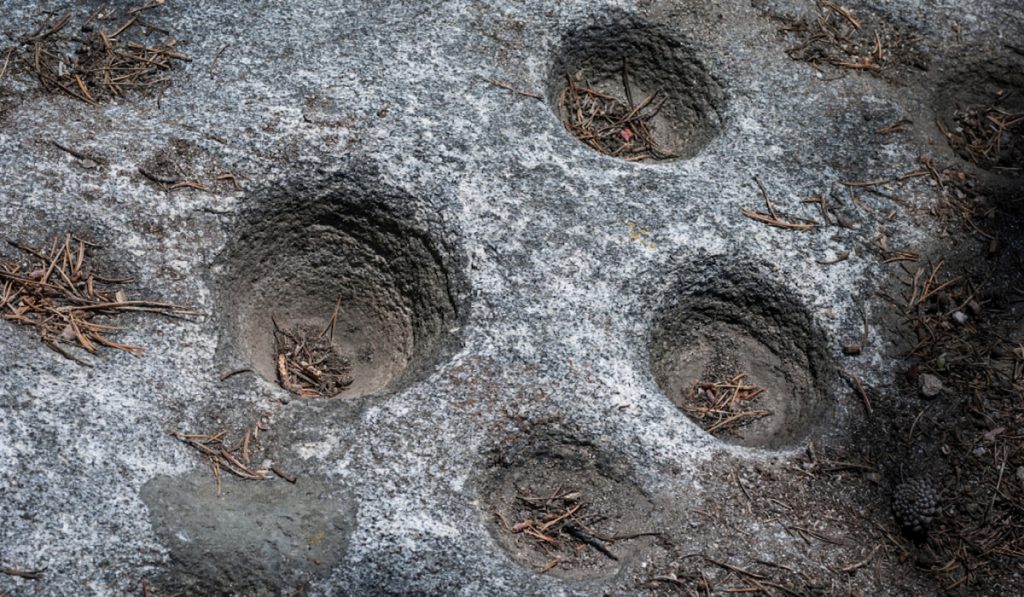
Depending on the site, bedrock mortars come in a range of sizes and depths, though many discovered are around the size of a human fist. It’s an incredible connection we’ve made to how people lived centuries ago and the ways in which they adapted to local conditions.
These people thousands of years ago used bedrock mortars to make things like fruit juice, grind wheat, mash animal meat, and grind down acorns to reduce their bitterness.
If you’re interested in learning more about bedrock mortars, we’ve put together this list of nine interesting facts about bedrock mortars that you should know.
1. Most Bedrock Mortars Are Found in the Americas
Most bedrock mortars have been discovered across the American continents. Many of them have been found in rock outcroppings in California, but there are many in far-reaching places like Argentina.
Whether the number of bedrock mortars in the Americas is due to the spreading of populations from the same sort of technology base, or whether the grinding technology was passed down to other people via trade routes is an interesting question.
2. Some Bedrock Mortars Date Back Thousands of Years
Prehistoric Californians are believed to be some of the first people to use bedrock mortars. That means they existed anywhere from 7,000 to 8,000 years ago.
That’s a long time ago! Most people that many years ago were using relatively primitive tools such as hard sticks or stones to grind nuts and grains. Over the years, the bedrock mortars formed from the constant grinding.
3. There Are Millions of Them!
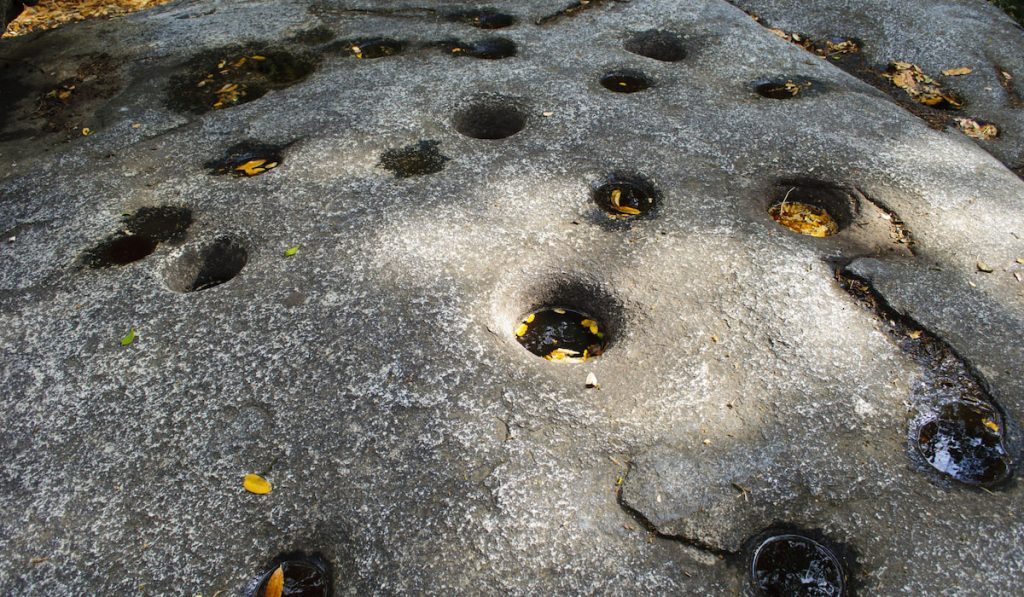
Bedrock mortars aren’t as rare as you would think. They’re easy to find and inspect because there are places with a lot of them in the area.
There are millions of them in California alone, and they are often located near oak forests where there would naturally be a lot of acorns and other types of nuts.
4. Some People Think They Had Other Purposes
The theory about bedrock mortars makes sense as long as you find them near forests or other areas where it would make sense to grind things.
However, the jury is still out for many people. In Argentina, Israel, and some areas in Africa, bedrock mortars have been found in places far away from oak trees, leading some to hypothesize whether they were used for mapping purposes or some type of religious purpose.
5. They Are Deep
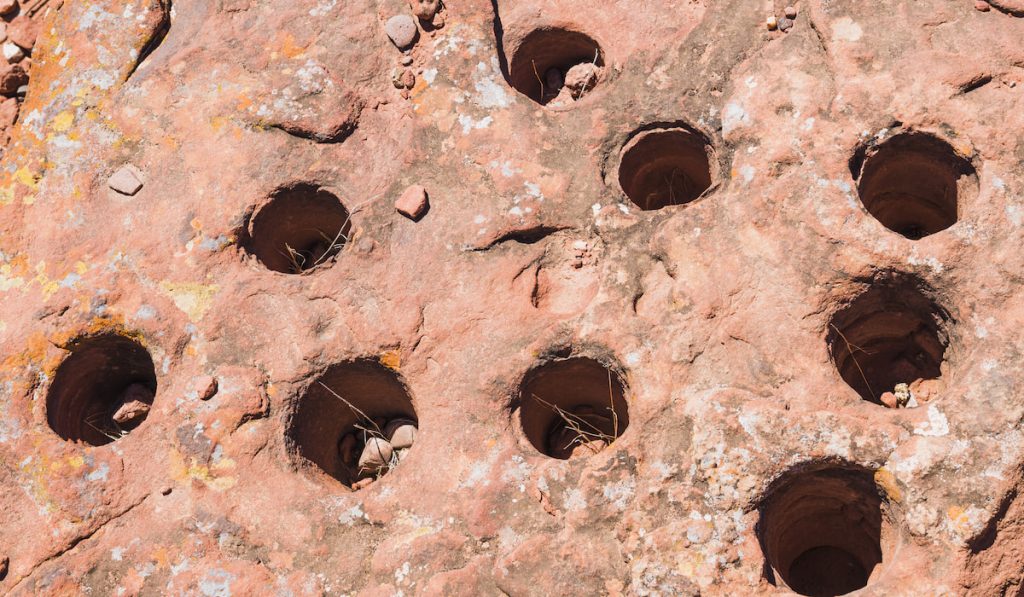
In some areas, bedrock mortars are extremely deep. The depressions in the stones go up to elbow-length. If you think about it, those holes must have been used over many years or they must have been used a ton to make such a deep hole in bedrock.
It demonstrates just how much work had to go into that mortar.
6. Bedrock Mortars Are Hard to Date
Even though some scientists suggest that bedrock mortars date back to around 8,000 ago. Dating them is incredibly difficult, because it’s hard to date the stone. Most of the time, scientists have to rely on any artifacts in the area, tree rings on trees right next to them, and other things that help them pin an approximate date.
That’s why bedrock mortars remain somewhat of a mystery.
7. Many of Them were Isolated for Field Work
If you go to any bedrock mortar sites, one thing you’ll often find is that they are fairly remote. Sometimes they were very far away from residential areas, and other times they were located short walks from villages.
It’s believed that their locations were due to people back then wanting to complete fieldwork like grinding nuts or dressing an animal more easily wherever the nuts or animals were located.
8. Some Bedrock Mortars Have Pestles in Them!
The fact that archeologists discovered grinding stones and other tools used as pestles nested inside of the bedrock mortars contributed to their theory of what they were used for.
At some sites in California and in other areas, people found fist-sized stones that were presumably used to mash up fruit, nuts, grains, and other items.
9. Bedrock Mortars Are also Called Milling Stations
Milling stations are another name for bedrock mortars. And it’s believed that Native Americans used the milling stations to grind acorns. Interestingly, acorns constituted a major part of their diets back then.
Acorns are good for you because they have a lot of nutrients, but they are hard to eat because they are so bitter. Mashing them and processing them makes them taste better and removes the bitterness.
Conclusion
If you’re interested in bedrock mortars and you live in the U.S., you’re in luck. There are a lot of sites available for viewing them up close. You can find them in places like Bakersfield, CA, and the Indian Grinding Rock State Park.
State and national parks across California have them marked for your viewing as well. It’s amazing to stand there looking at them and think of people thousands of years ago bent over and working hard using them to grind acorns to feed their families.
It’s a testament to how people used the resources available to them and just how far we’ve come today.

